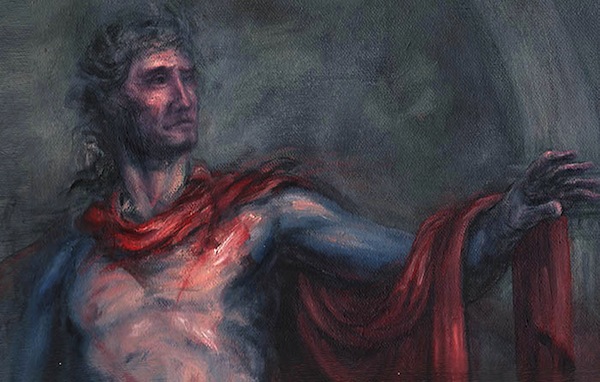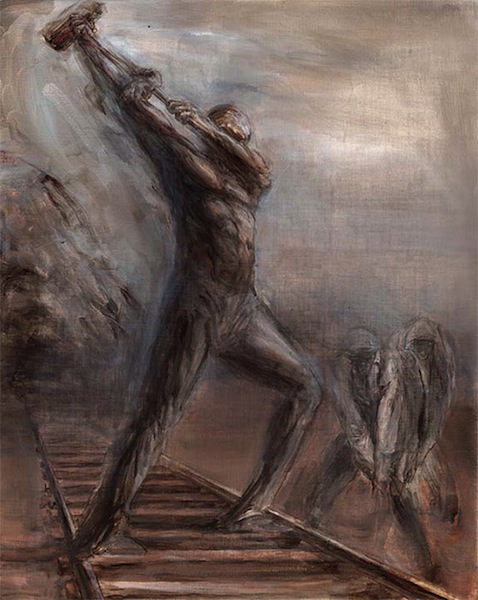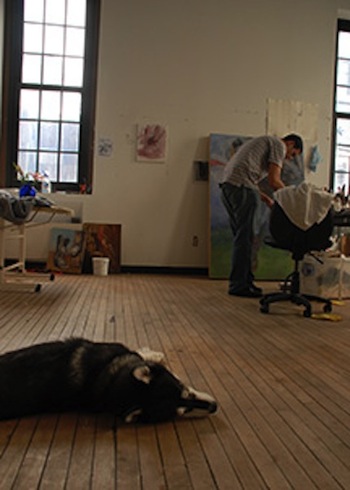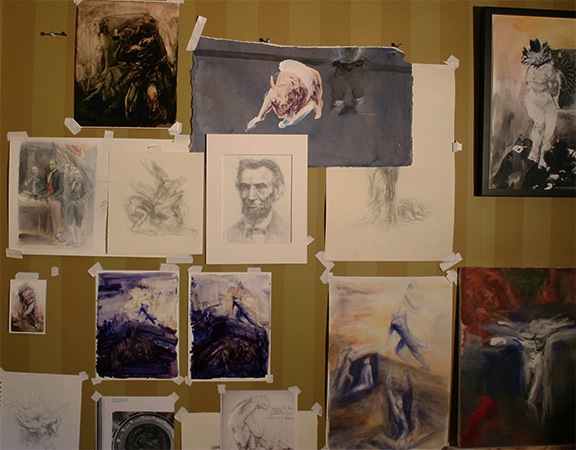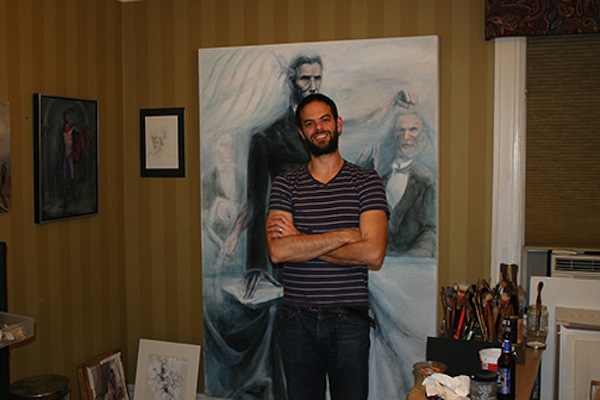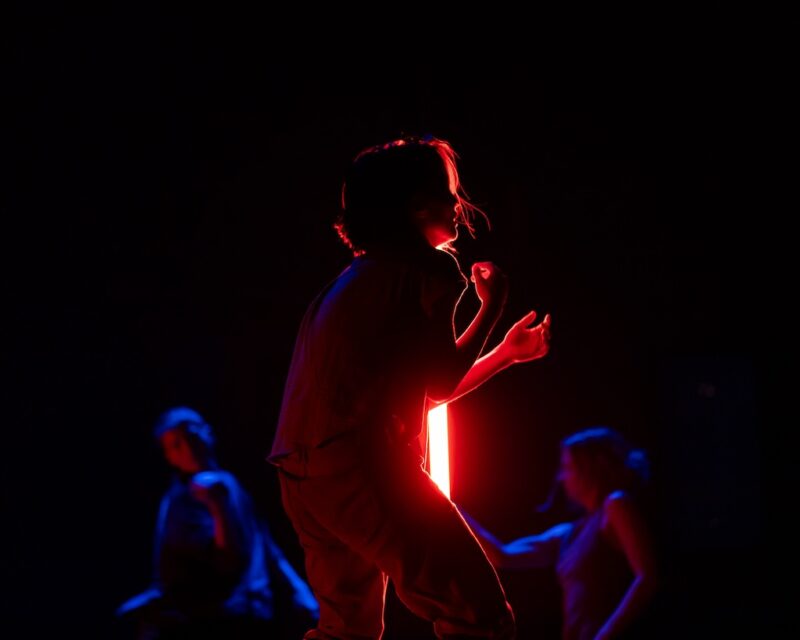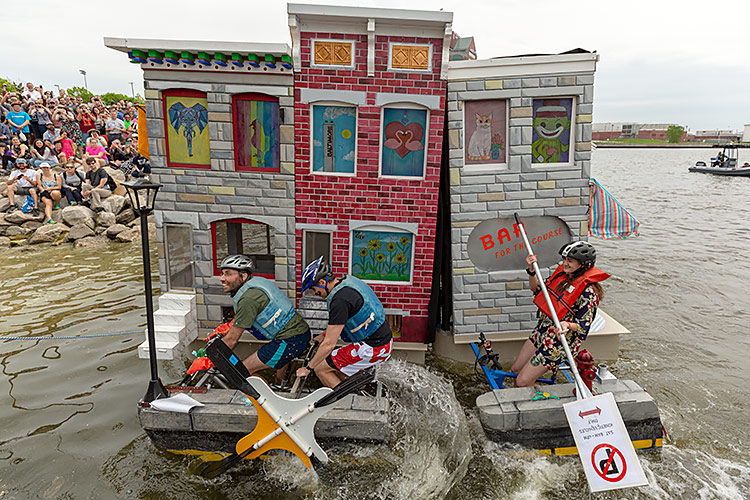Painter Matthew Freel creates enigmatic images of historical, often political, figures. Hovering somewhere between classical portraiture and action figure illustrations, the characters in Freel’s paintings, drawings, and collages are highly animated and highly familiar. However, the most interesting part of these works is the way the artist manages to evoke a new understanding, a new identity for these icons of masculinity. Under Freel’s influence, their body language and facial expressions illuminate ideas and identities you never expected to find. I caught up with Matt early in October to find out what he is working on now in his studio.
Cara Ober: After earning an MFA at the School of Visual Arts in NY, why did you move to Baltimore?
Matthew Freel: My lovely then-girlfriend-now-wife Allyson was finishing up at the Baltimore City Teaching Residency with Johns Hopkins. After she completed the residency the city sucked us right in with its charm, artistic energy, and unique personality.
CO: In your work, you tend to take political and social icons from public sources and render them in an expressive and loose hand. How do you select your subjects? What does the process of transforming a clean, clear image into something more vague mean to you?
MF: I explore what I am naturally drawn to. The human form, heroes & villains, good & evil, myths & storytelling, identity in the form of personal and shared history – an overall kind of humanism. I do a fair amount of research & educational “wondering” in terms of my subjects; many times I come across photographs or historical paintings that speak to me. Drawing the images, whether found or created, is a way of deconstructing & interpreting the subjects and my attraction to them. This process allows me to blur and complicate the narrative as well, often by inserting a subtext or concurrent narrative. There’s something about confronting photography within the realm of painting that’s in the background of all of this as well.
CO: Do you consider yourself a Pop Artist? What is your relation to the term? How do you feel about it?
MF: There are certainly elements of popular culture in my work and hopefully I am using them in a purposeful useful way like the best of Warhol in ‘high’ art or Jack Kirby in ‘low’ art. I think these are some of the most revolutionary artists that have ever existed if you look at their lingering impact on our culture. But I don’t use the subjects ironically, as some Pop art does. Even if there’s humor in my work, it comes from a sincere respect for the subject. I don’t consider myself any particular kind of artist but the term doesn’t bother me.
CO: I know for a while you had a studio at School 33. How was it? What are the benefits of working there? Where is your studio these days?
MF: I was at School 33 for almost 3 years and I cannot say enough about the place. What an amazing resource as a beautiful, low-priced (thanks to the city!) studio with a great mentor experience every couple of months. Looking back the community culture was just as important as the studios themselves and I developed lasting friendships. And Rene Treviño and the staff can’t be beat.
CO: What kinds of materials do you use? What kinds of drawings materials and paper? What kind of paints?
MF: Almost everything when it comes to drawing and painting. For idea generation I’ll never abandon simple graphite on paper – it is such a direct vision-to-hand vehicle. But I’m always experimenting with different surfaces. A few of my favorites are old-fashioned good oil paint (like Old Holland or Williamsburg) on canvas (primed in different ways depending on what I’m painting or I’ve even worked on unprimed canvas); impasto-like watercolor on Yupo (plastic paper); and acrylic gesso and ink on paper. I’ve been experimenting lately with different sized (as in primed) papers; Arches & Aquabee make great products. I also like to make collages with found images, prints or originals of my drawings/paintings, and inkjet prints, which I then paint over – these are a way of anything-goes no-thinking exploration. Whatever can communicate directly, viscerally and with meaning. Blood and tears are fair game.
CO: Please describe your working process and how you know you are finished with a piece.
MF: I try to follow my intuition – I feel like any successful painting has an internal logic that makes sense within the walls of those edges. Sometimes this means many sketches and revisions to arrive at a specific image; sometimes the composition announces itself more assertively and the revisions happen on the actual piece without much planning. I don’t have a good answer for this one – my process really varies depending upon how I am communicating with the work. As far as when I’m finished, usually I know it’s over when I walk away from it and it doesn’t bother me enough within a couple months to take it up again.
CO: What upcoming projects and/or exhibits are coming up for you?
MF: My current project examines the myth and history of the early American republic. It examines subjects such as the Lincoln-Douglas debates and John Henry while referencing Roman mythology, modern Superheroes, and current political figures. I have a couple exhibitions in the works which will be announced shortly but I can’t confirm now – you’ll have to check my website www.matthewfreel.com for details (email [email protected] to sign up for the mailing list!).
